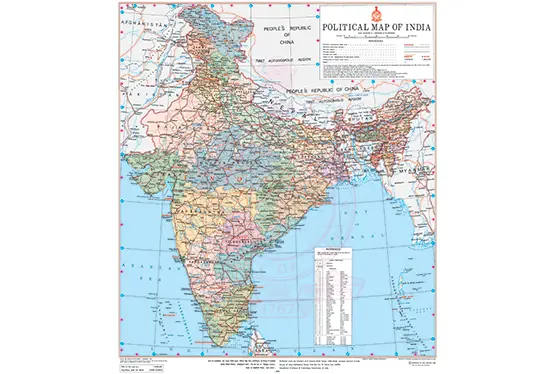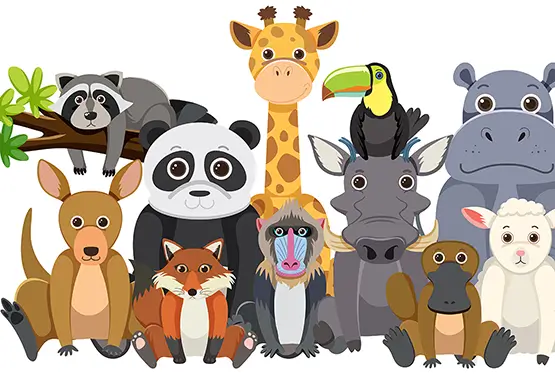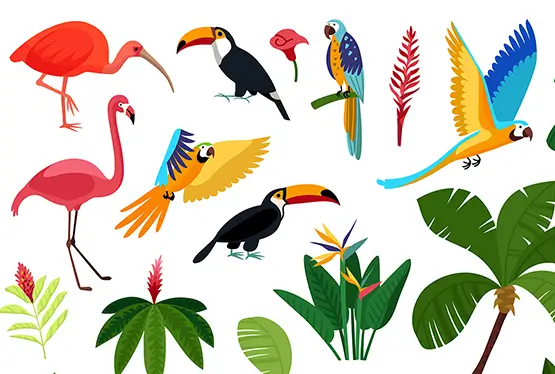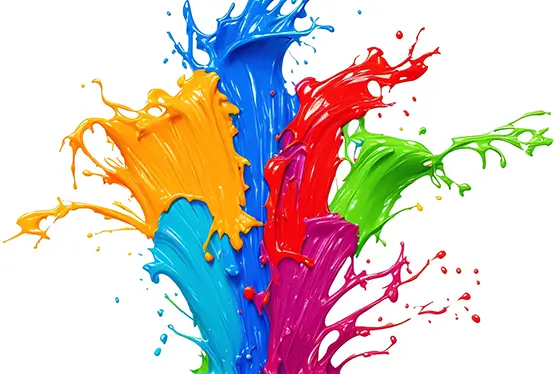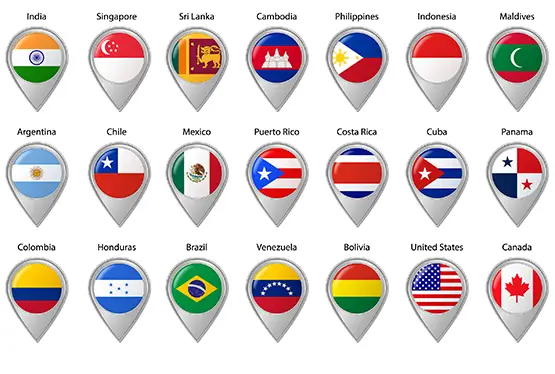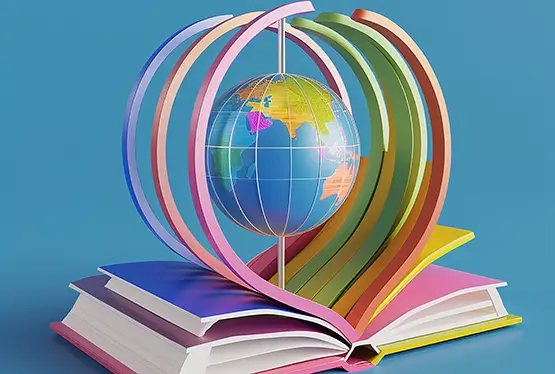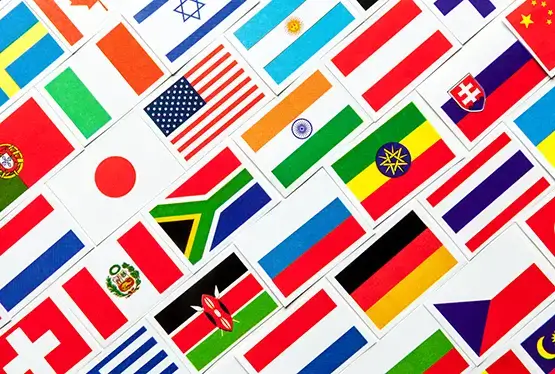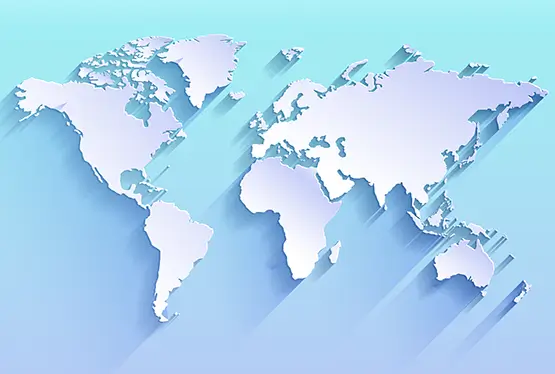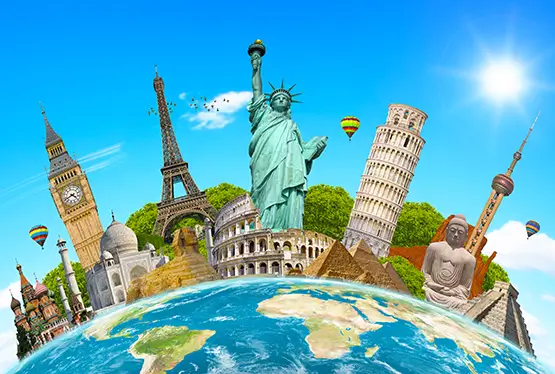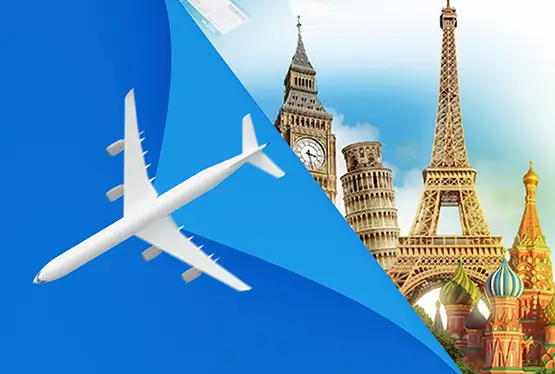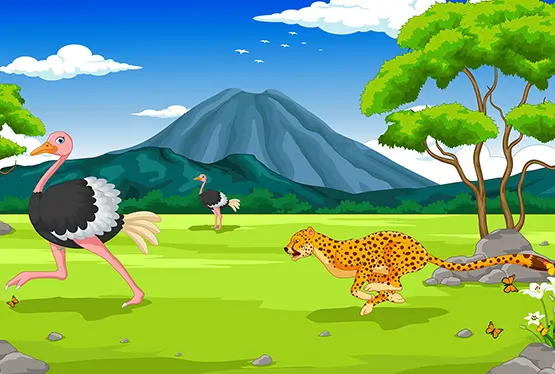USA Maps
| India Facts | India Flag | India Pics |
GK NXT - Great Knowledge for Genius Kids
The map of the United States is more than a geographic depiction of boundaries; it is a canvas that tells a story of natural wonders, historical landmarks, cultural diversity, and economic powerhouses. From the icy tundras of Alaska to the tropical beaches of Hawaii, and from the Appalachian Mountains to the arid deserts of the Southwest, the USA map is a reflection of the country's expansive and diverse identity.
The United States spans an area of approximately 9.8 million square kilometers, making it the fourth-largest country in the world. It is bordered by Canada to the north, Mexico to the south, the Atlantic Ocean to the east, and the Pacific Ocean to the west. The map highlights its 50 states, each with distinct geographical features. Alaska, for example, contains over 3 million lakes, while Florida boasts the world-famous Everglades, a unique wetland ecosystem.
The country can be divided into several geographic regions:
- The Northeast: Known for its rocky coastlines, dense forests, and historical cities like Boston and New York.
- The Midwest: Often referred to as the "breadbasket" for its vast agricultural lands.
- The South: Characterized by its warm climate and cultural hubs like New Orleans and Nashville.
- The West: Dominated by the Rocky Mountains, deserts, and innovative cities such as San Francisco and Seattle.
The USA map also serves as a visual history book. Each state has a story, from the original 13 colonies that declared independence in 1776 to the later additions of Alaska and Hawaii in 1959. Landmarks like the Mason-Dixon Line remind us of the Civil War era, while the Louisiana Purchase highlights the nation's expansionist ambitions.
Westward expansion, symbolized by the Oregon Trail, transformed the map during the 19th century. The discovery of gold in California in 1848 attracted thousands, reshaping the country's population distribution.
A glance at the USA map reveals cultural hotspots that are as varied as its geography. New York City is a melting pot of global cultures, while the Southwest reflects the influence of Native American and Hispanic traditions. In the Pacific Northwest, environmental conservation and progressive values are prominent, reflecting the area's natural beauty and ethos.
The USA map is dotted with natural wonders that attract millions of visitors annually. The Grand Canyon in Arizona, Yellowstone National Park spanning three states, and the Great Lakes in the Midwest are just a few examples of the country's diverse landscapes.
These natural features also play a critical role in the nation’s ecology and economy. For instance, the Mississippi River is a vital transportation route, while the Appalachian and Rocky Mountains are rich in mineral resources.
Politically, the USA map is divided into 50 states and the federal district of Washington, D.C. Each state operates semi-independently, with its own government and laws, under the umbrella of the federal system. Electoral maps during presidential elections often highlight the political divide between "red" and "blue" states.
Economically, the map showcases key industries across regions. Silicon Valley in California represents technological innovation, while Texas is a leader in oil production. The Midwest’s agricultural output feeds not only the nation but also the world, and Wall Street in New York City remains a global financial hub.
The USA map is a guide for millions of travelers. Popular destinations include national parks like Yosemite and cultural landmarks such as the Statue of Liberty. Interstate highways make road trips a quintessential American experience, connecting cities, small towns, and natural attractions seamlessly.
The map of the United States is more than a tool for navigation. It is a living document that reflects the country’s past, present, and future. From its natural splendor to its cultural and economic significance, the USA map is a testament to the nation’s complexity and dynamism. Whether studied for academic purposes or used as a travel guide, it remains an enduring symbol of exploration and discovery.
FAQ
Q: What is the size of the United States?
A: The United States spans approximately 9.8 million square kilometers, making it the fourth-largest country in the world.
Q: What are some natural wonders featured on the USA map?
A: Notable natural wonders include the Grand Canyon, Yellowstone National Park, and the Great Lakes.
Q: How is the USA map divided politically?
A: The map is divided into 50 states and the federal district of Washington, D.C., each with its own government and laws.
Q: What industries are prominent in different regions of the USA?
A: Key industries include technology in Silicon Valley, oil in Texas, agriculture in the Midwest, and finance in New York City.
Q: How does the USA map guide travelers?
A: The map connects natural wonders, landmarks, and cities through interstate highways, offering countless opportunities for exploration.



